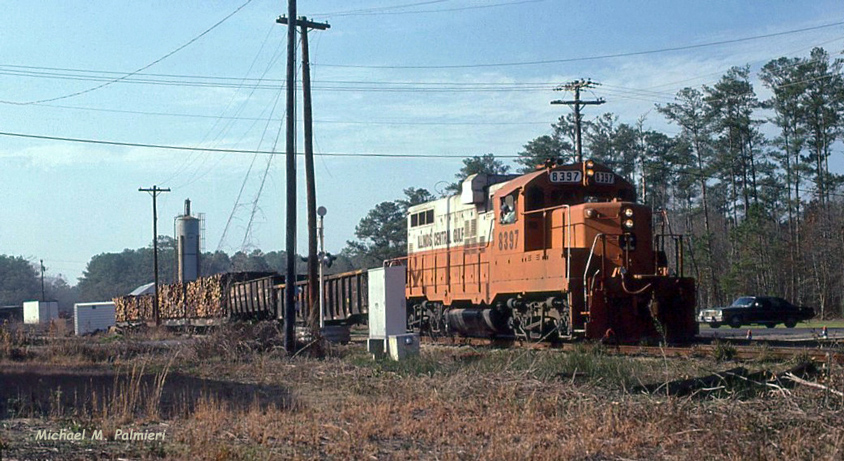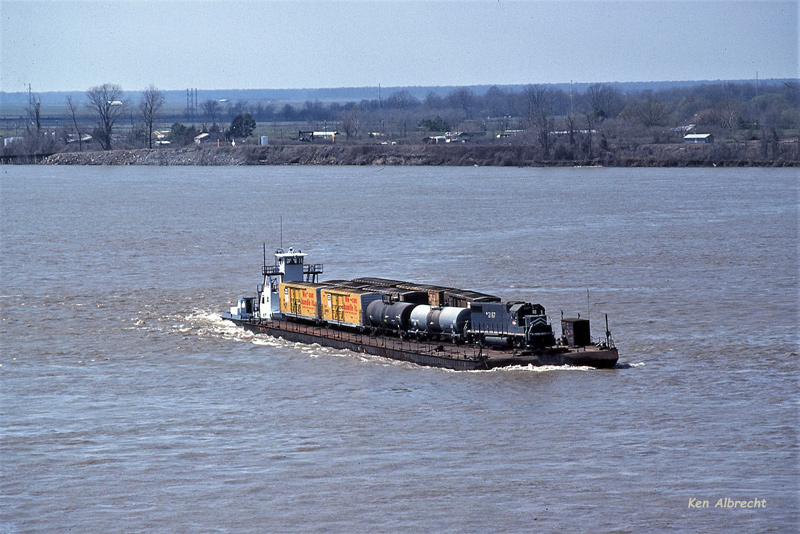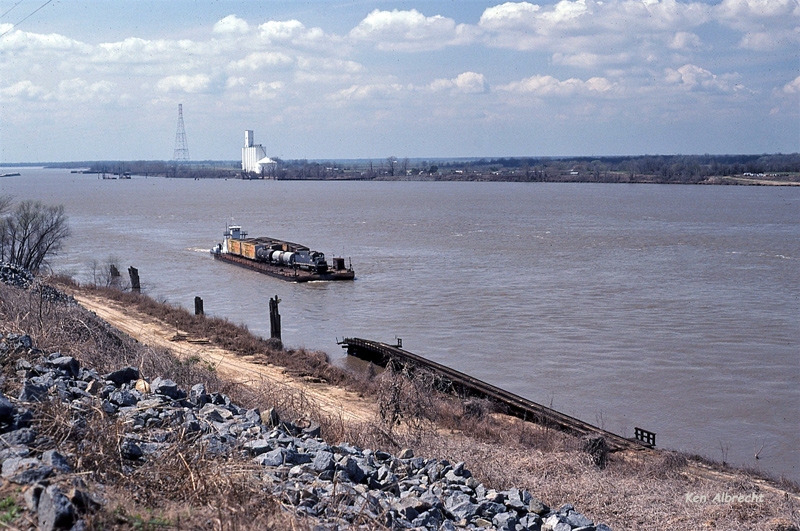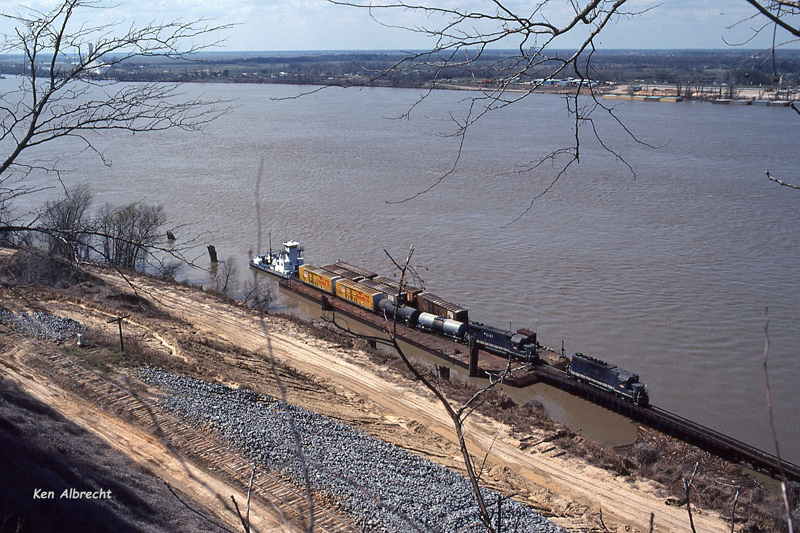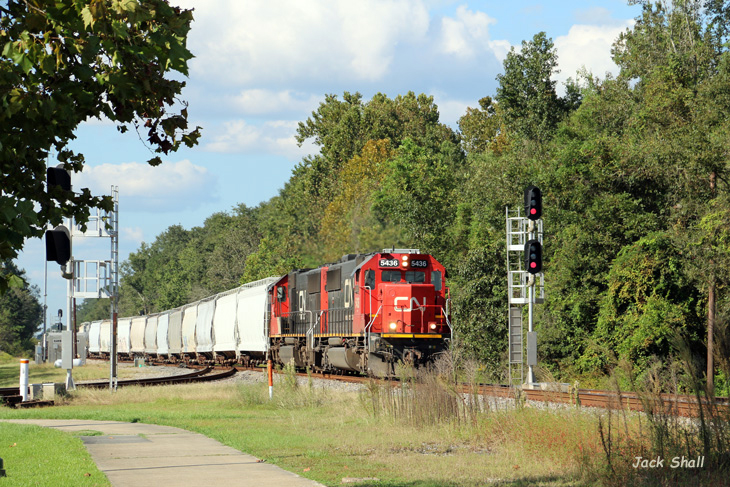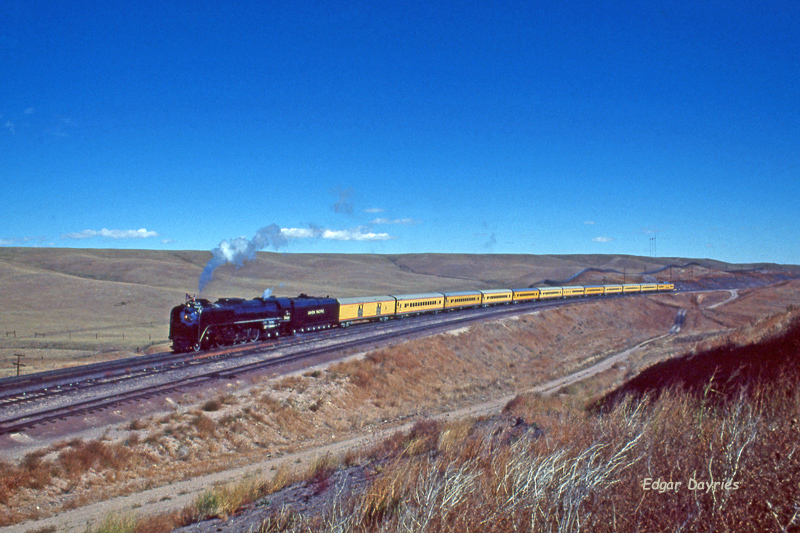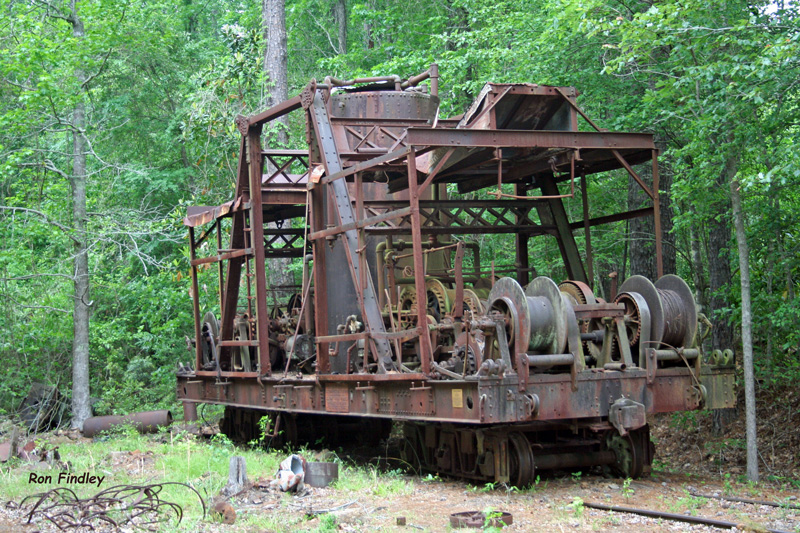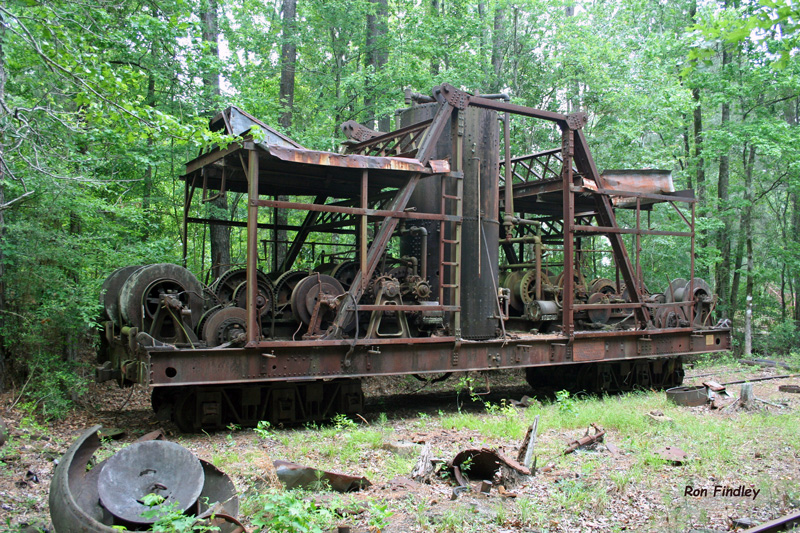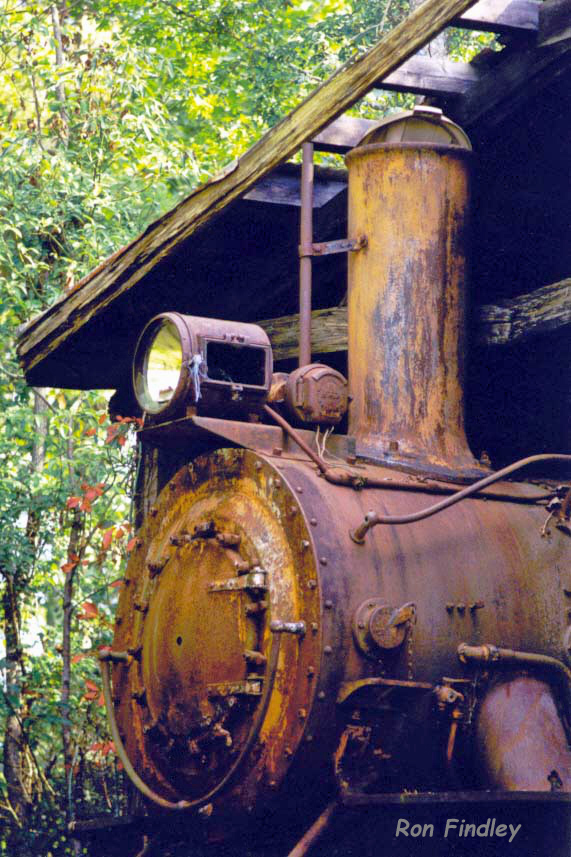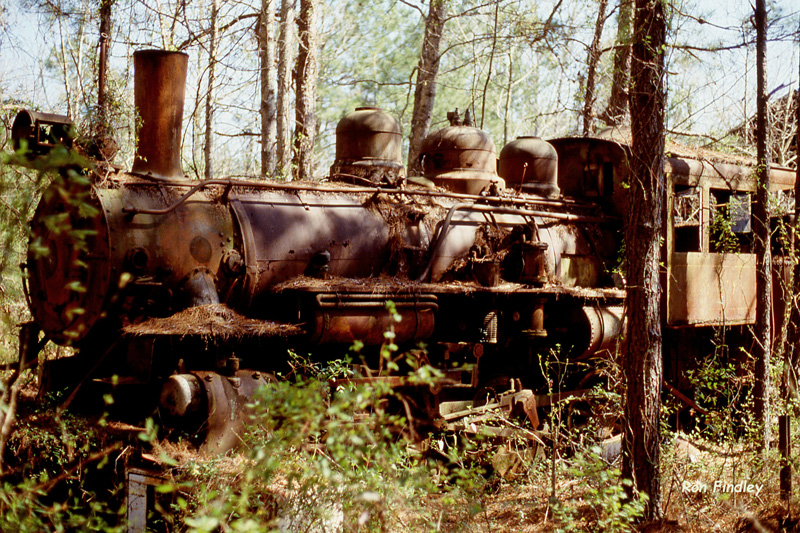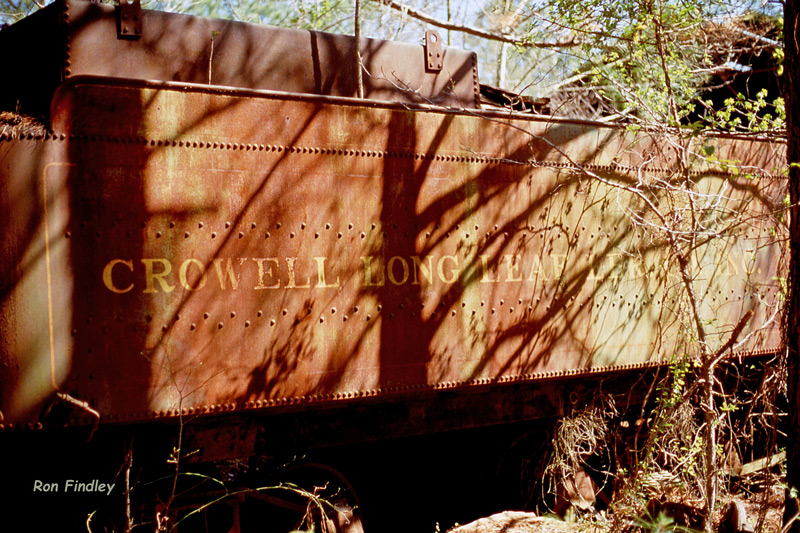Another interesting image from the camera of Mike Palmieri, a northbound local freight headed up by Illinois Central Gulf locomotive #8387. This unit is one of the road’s GP10 models rebuilt at their Paducah Shops in Kentucky in 1974.
Mike caught this train on May 3, 1979 as it was crossing a small creek near Mandeville, Louisiana. Below is the caption to Mike’s photograph.
“The northward local on the ICG’s Shore Line District crosses Little Creek at Bridge NA58.01. The train is between Mandeville and Abita Springs, and about to pass under I-12. It has a typical consist, with 14 cars: three box cars, one covered hopper, two more box cars, six empty pulpwood cars and two gondolas, plus caboose 199034. The two empty C&NW box cars behind the locomotive had been picked up at Imco Services in Lacombe. Imco provided drilling fluids for the extensive oil and gas exploration that was taking place in this area, and C&NW box cars regularly brought in bagged bentonite from Wyoming. Imco also received barite in covered hoppers, but closed after the “oil bust” of 1982.”

I love this scene as it (and the image in last week’s posting) capture the flavor I want to have on my own Louisiana Central model railroad when I eventually get to the scenery and structure details.
Thanks Mike!

